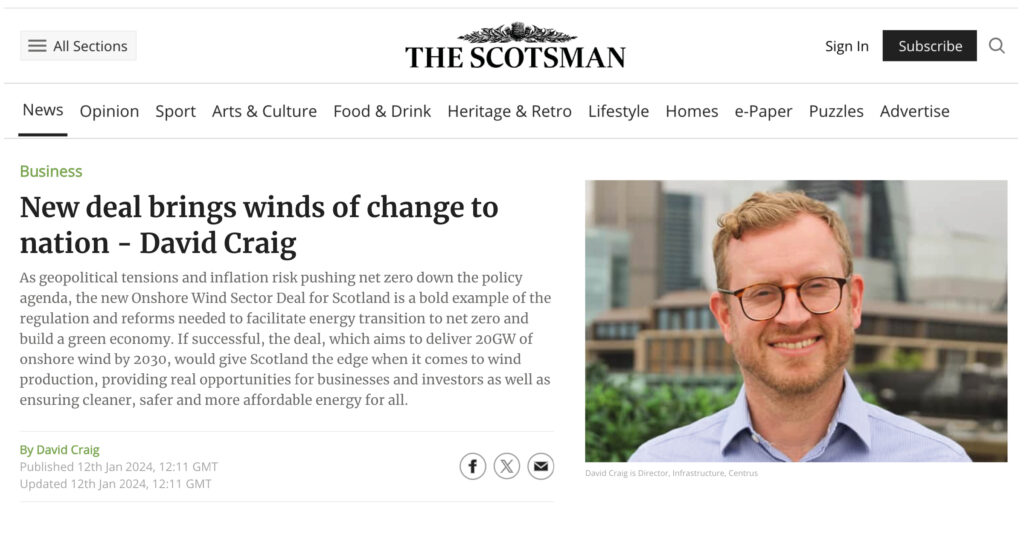January in numbers
- December CPI of 4.0% surprised to the upside against expectations of 3.8% and the market reacted with the 5-year and 10-year swaps increasing by c. 20bps on the day of the announcement.
- Expectations for rate cuts probably got a bit ahead of themselves, and following the correction, the market now expects the Bank of England to begin cutting in late summer 2024 steadily down to 3.5% in 2026 where it is expected to remain for some time.
- Regular wage inflation of 6.6%, down from 7.2% in the prior 3 months, was in line with market expectations, and energy prices are expected to fall in the spring. The Bank of England is unlikely to be too concerned.
- The SONIA curve remains remarkably flat at 3.8% from the 5-year through to 12-year swap rates.
- The Government has launched the consultation on Awaab’s Law with a proposal that providers must investigate hazards within 14 days, start fixing within a further 7 days, and make emergency repairs within 24 hours.
Implications for our affordable housing clients
- Trouble in the Red Sea and connected geopolitical events are upside risks to inflation and interest rates. Predicting further volatility would not be a particularly brave call. It is important to include a risk buffer within the floating rate assumptions in the business plan.
- The flat SONIA curve means clients can hedge over a tenor that suits their loan portfolio and swap rates remain attractive. Why take the risk of variable rates, particularly when you can reduce short-term interest costs and remove that risk buffer?
- Housing Organisations should consider the benefit of longer dated and covenant light debt capital market funding, particularly when funding long term investments. Activity has been picking up in recent months.
Latest client activity
1. Hedging transactions for interest cost savings: Centrus has successfully advised several clients through hedging transactions, saving interest cost in the tightest years and creating additional headroom and certainty in our client’s business plans.
2. Strategic support for Newlon Housing: We provided analysis and advice to Newlon Housing on options as a £50m swap matured and supported through the execution of a new 10-year swap that closed in December at 3.6% plus margin.
3. Successful £400m public issuance for Sovereign Network Group: Sovereign Network Group completed a £400m new public issuance this week, pricing at 108 bps over gilts and a coupon of 5.5%. SNG are A3 Moody’s / A S&P rated, and the pricing highlights investor demand and the benefit of scale. Centrus provided advice on the transaction
4. Advising on mergers in a growing trend: We are currently advising on 6 mergers and note an accelerating trend of non-profit Housing Associations seeking to improve financial resilience and sustainability by combining resources.
To learn more about our work in the affordable housing sector, click here.
For more information, please contact Paul Stevens or John Tattersall.








